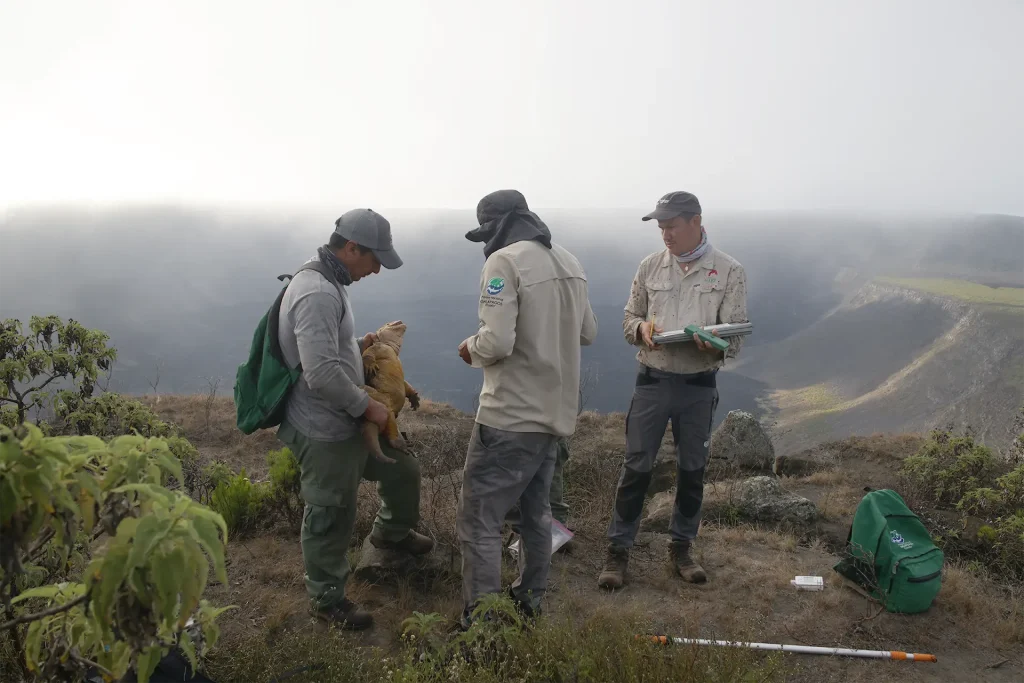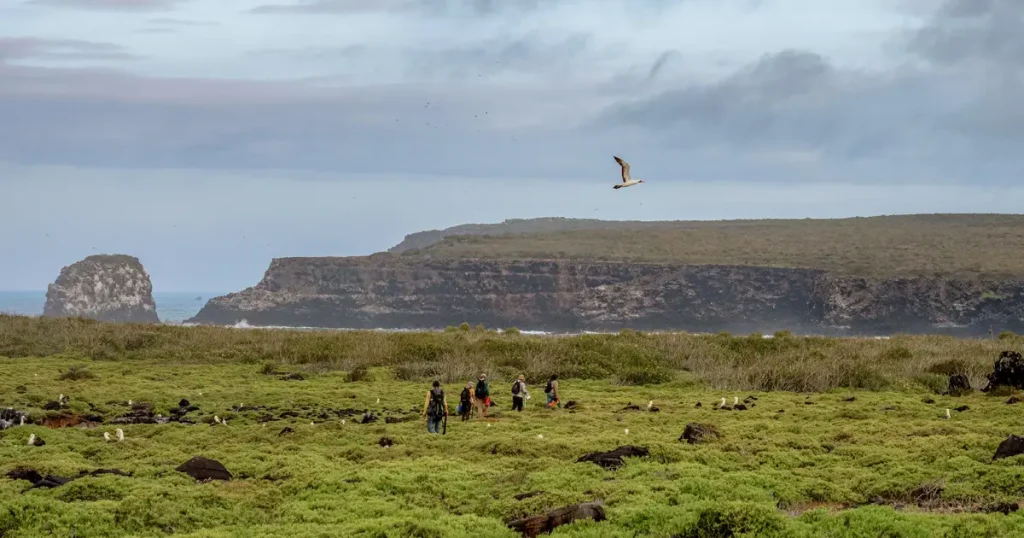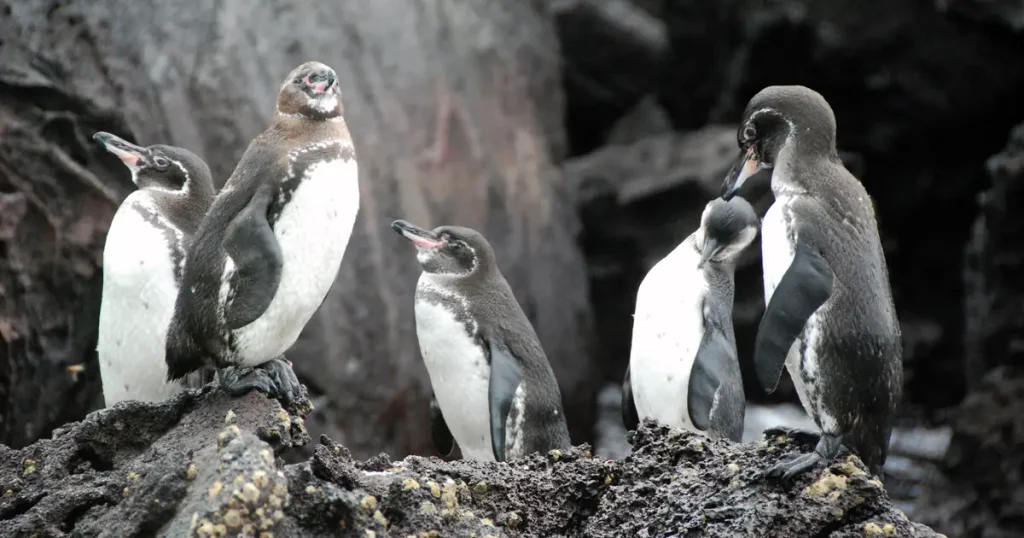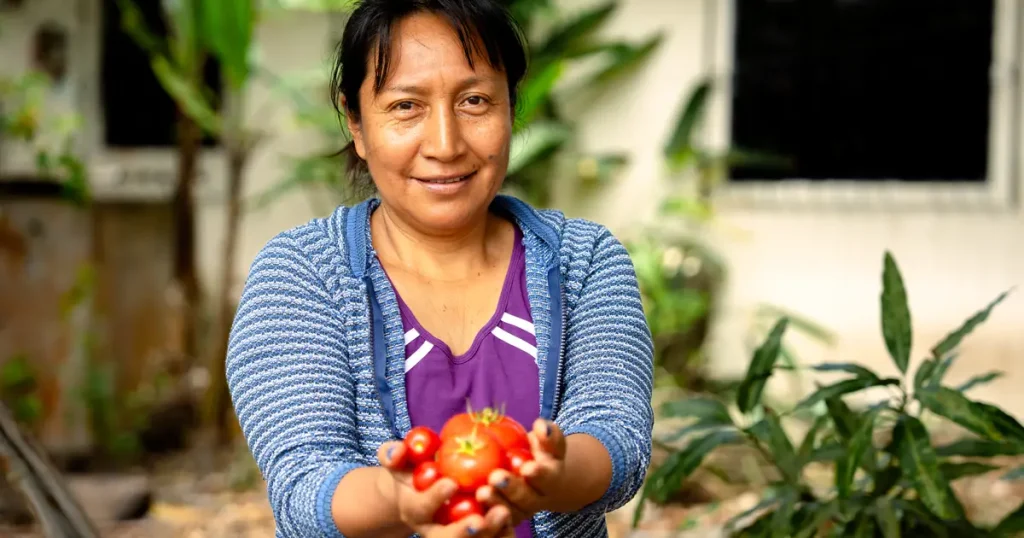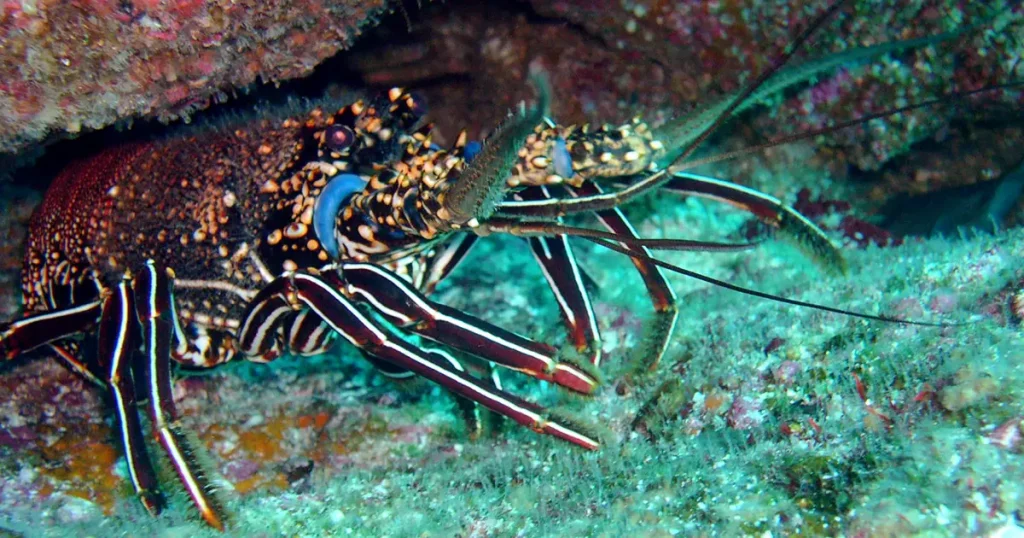Understanding the Impact of Seasonal Changes in the Galápagos Archipelago
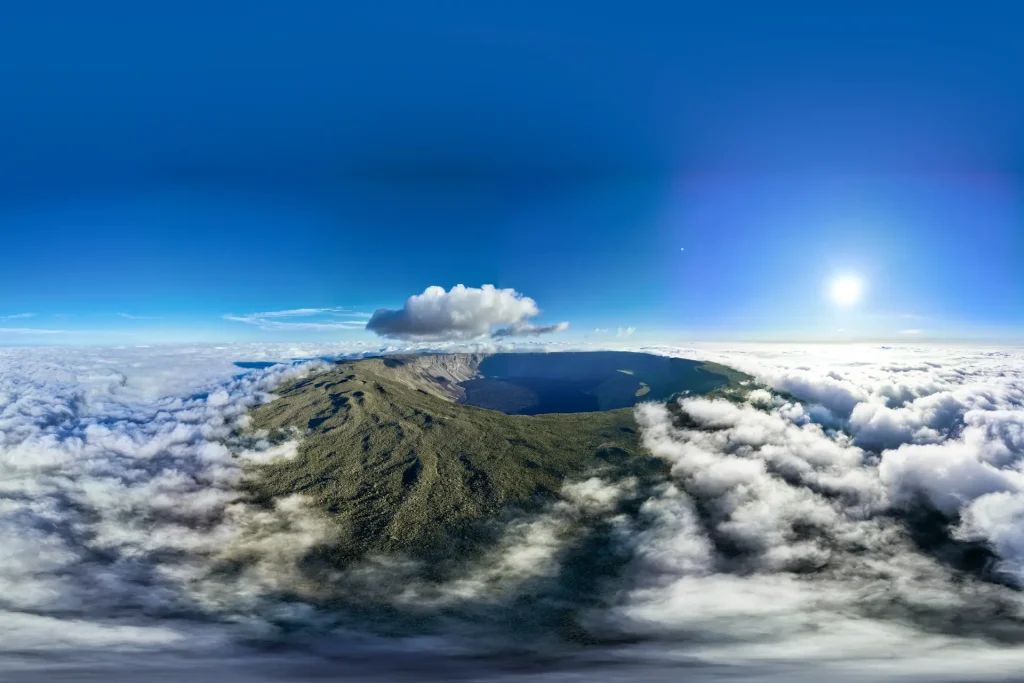
The Galápagos is situated in the Pacific Ocean some 621 miles west of Ecuador’s mainland. The archipelago boasts exceptional biodiversity and extraordinary ecosystems. These evolved in no small part due in response to the significant seasonal variations that occur in the islands. These generate profound impacts on the plant and animal life of Galápagos through ways that are often overlooked.
Unlike many other regions, the Galápagos does not conform to traditional seasonal patterns; instead, it experiences two distinct seasons: the warm and wet season from December to May and the cool and dry season from June to November. These periods are shaped by the surrounding ocean currents, which play a pivotal role in regulating the archipelago’s climate and wildlife.
Contrasting the Warm Season and the Cool Season
Much of the archipelago can be a vibrant, natural spectacle teeming with life during the warm season. At this time the landscape is dominated by clear skies and radiant sunshine, with temperatures peaking between 25°C and 30°C (77°F and 86°F). The warming waters create ideal conditions for aquatic activities such as diving and snorkeling, to view the marine life, including colorful tropical fish, majestic sea turtles, and fascinating sharks, that thrive at this time. On land, vegetation nourished by torrential rains flourishes, providing prime breeding conditions for many various birds and terrestrial animals. This season also presents an ideal opportunity for visitors to witness terrestrial wildlife at its annual peak of activity.
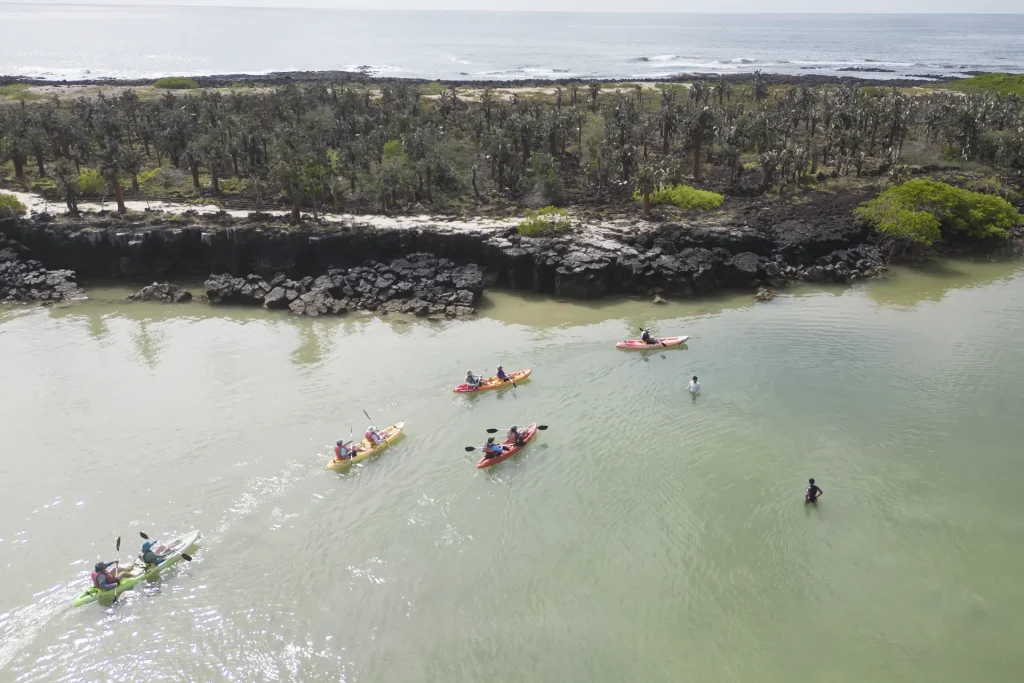
The archipelago experiences slightly cooler and more variable climatic conditions during the cool and dry season. Known as the “dry season” or “garúa season,” this period is characterized by intermittent fog or drizzle in the islands’ higher areas that alternate with clearer skies in the coastal areas. Daytime temperatures typically hover around 23°C (74°F), with August being the coolest month. Although the waters may be cooler compared to the warm season, they remain nutrient-rich, attracting a variety of marine mammals such as whales and dolphins. This season also offers opportunities to explore the rich marine and terrestrial life of the Galápagos, with fewer tourists and a more tranquil environment.
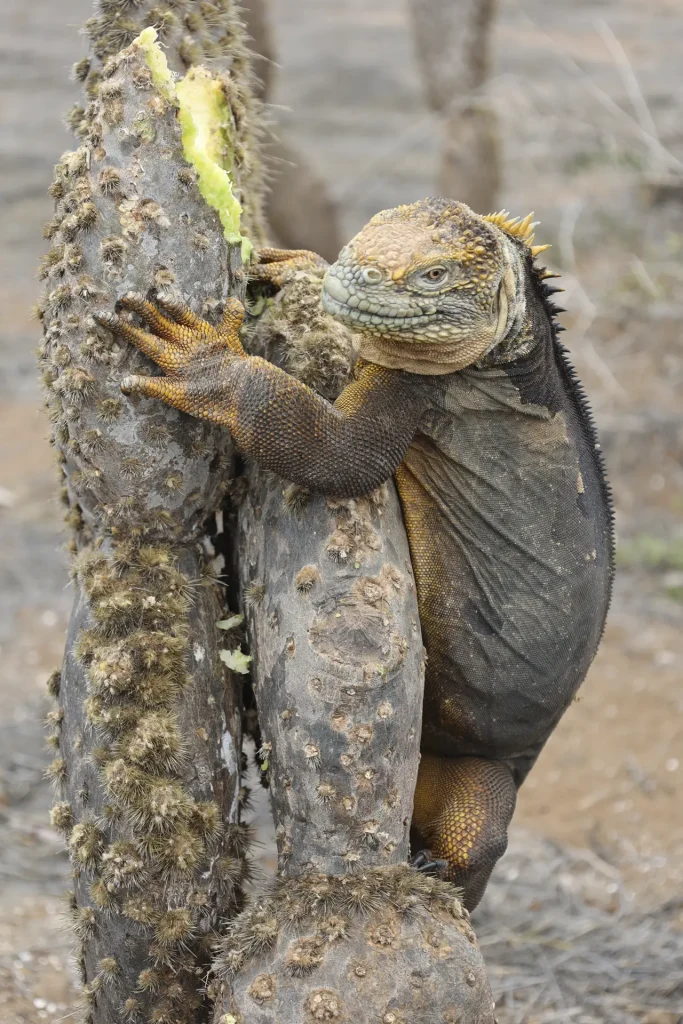
Impact of Seasonal Changes on Conservation Efforts
Seasonal variation has important implications for effective conservation in the archipelago. Dr. Jorge Carrión, Director of Conservation at Galápagos Conservancy, highlights how the warm season facilitates reproduction in many species but coincides with heightened tourism. It is imperative to manage tourism in a manner that safeguards breeding animals.
Furthermore, the seasons directly impact the scheduling of expeditions and conservation endeavors. Park rangers, scientists, and conservation authorities execute ecological monitoring and other activities necessitating meticulous planning based around climatic conditions. Doing so guarantees the efficacy of conservation operations to help mitigate human impact on ecosystems year-round.
The Resilience of Life in Galápagos
The profound seasonal fluctuations that characterize Galápagos and serve as a compelling testament to the resilience and adaptability of the archipelago’s distinct flora and fauna. The capacity of Galápagos species to acclimate to the challenges posed by its varying climatic and environmental conditions is remarkable. By recognizing and accommodating the striking seasonal changes that occur in many species and patterns of tourist visitation, we can effectively contribute to the conservation of the Galápagos Archipelago, safeguarding its exceptional ecosystems and biodiversity.
